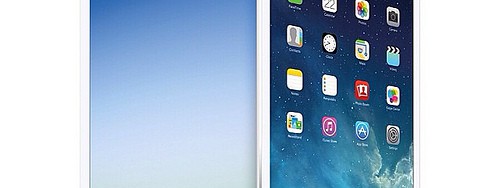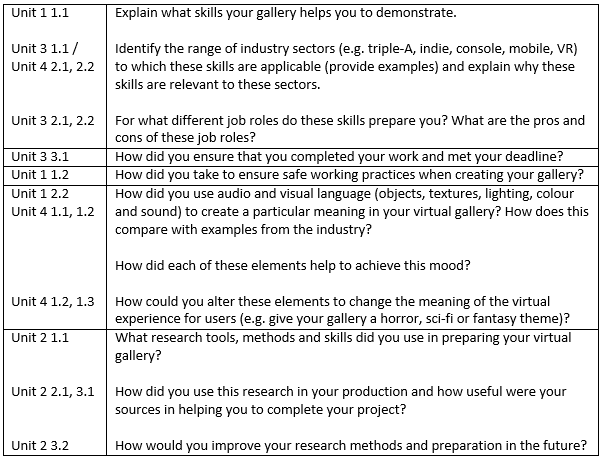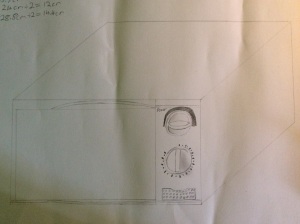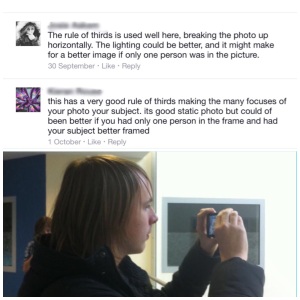Here is my reflection on my virtual gallery I built recently, I answered the questions that we were given for each Unit. Here are the questions for the virtual gallery reflection:
Unit 1 1.1:
The virtual gallery helps me display my skills, the skills it includes are 3D modelling skills, Photoshop skills, audacity and audio producing skills, my Adobe priemier skills and syncing skills, my programming skills. It also displays my lighting skills and manipulating how it works, my animation skills, creating textures and applying them, my scripting skills and my Unreal engine skills.
Unit 3 1.1/ Unit 4 2.1, 2.2:
There are many industry sectors that the skills used in making virtual gallery can be applied to such as mobile gaming like the IPhone, console gaming like Xbox one, advertising and games for VR like the Oculus Rift, Google Box VR. This is because all the skills and technologies converge with the companies as all of them use 3D modelling, animation, Photoshop, audacity and recording audio, Adobe preimier, lighting and texturing, the only one that might not use unreal is advertising.
Unit 3 2.1, 2.2:
These skills prepare us for job roles like a 3D modeller, a job that involves texturing, a sound engineer and a video editor. Here are the pros and cons of the job roles:
Pros:
They all have creative freedom in there work, allowing a creative person to explore more and create things under their own influences. This makes them feel more free in what they do, making them feel happier.
When they finish a piece of work, it can make them feel very accomplished and proud in what they have made, whether it took them a day, week or month, this makes work very rewarding.
Cons:
They all involve long periods of sitting down which can cause health problems in the future if the employee didn’t get any excise or if the employee doesn’t take quick breaks from the computer.
Some of the pieces of work they create might be rejected by the employer or the main leader in the production of the product. This can leave the employee feel very disappointed about creating something they put a lot of work into not being used.
Unit 3 3.1:
I kept myself organised which saves time, I did this by priortizing the improtant work that needed to be done and then doing work that I can do at home or work that was not a major priority for the gallery. To give you an example of this, I made all the 3D models and textures for them and place them in the gallery first as it was the most important piece, then I started making a 3D model for the voiceover, which was less important.
I also organised my work by making folders appropriately named for each type of work I did for the project, such as I made a folder called textures to hold all the textures for the virtual gallery and made a separate folder called 3D models and placed all the 3D models in that folder. This way I could easily find the files I need without wasting time, this allowed me to meet my deadline.
Unit 1 1.2:
I took regular breaks to ensure that I am not straining my eyes, they were about 10 minutes long, long enough to allow my eyes to rest and short enough to allow more time on my work. I also kept a good posture by having the chair kept straight and also had the computer at eye level and I kept drink and food away from the computers as it is a hazard. I was also careful of cables in case I tripped, I did not overload plugs and I kept myself hydrated.
Unit 1 2.2:
I used low lighting in the cinema to make it similar to real life cinemas which is to allow the viewer to focus more on the video and I made the galleries bright again like real life which is to present the work clearly to viewers. I used music in each room to give each room a emotion, like in the photography room and 2D room I used a piano music to make it calm and relaxed when viewing the work. Whilst the 3D room I gave it sci-fi music, because 3D modelling is sort of futuristic and seems high tech, making the viewer feel curious as it seems out of this world.
Unit 4 1.1, 1.2:
The texturing helped to give it the right mood, such as the Photography room’ walls will be a white smooth plaster and the floor would be a wood planked floor, this would keep it calm as its not full of so many colours to dazzle, it is only there to present. The cinema however is red and quite dark, making the mood feel excited but also comfortable and relaxing because of the carpet and leather.
The lighting creates a mood also, like in the cinema it is dark, but has a bight screen, making the view again relaxed as it feels like they are watching a movie, whilst the photography room and 2D room use bright lighting to help the viewer to focus, making the mood more calm and focused.
Unit 4 1.2, 1.3:
Ambient music can be used to alter the element to change the meaning of the virtual experience for viewer, this is because you can change the music in the cinema to be violins on high notes and dong short burst, this would make the cinema seem to be horror themed.
Unit 2 1.1:
I used mood boards to get an idea of the mood I wanted for each room, a mood board is secondary and primary research. I also looked in a gallery in Canterbury which is called the Binary museum and have been in cinemas, this would be primary research and I looked for textures and sounds for each room which would be secondary research.
Unit 2 2.1, 3.1:
I was able to get a better understanding of how galleries and cinemas are designed to look and feel which really help me understand what I wanted. I was able to plan what I wanted for each room from the mood boards, this helped me to get on with my work and not slow down or have to think for a what I wanted. I was also able to get all the resources I needed for textures and sound as I had already did research on what sounds and textures I wanted, this way I didn’t have to waste time in finding sounds and textures when I need them.
Unit 2 3.2:
I think I should have gone to more galleries than one, so I could get more ideas in galleries and I should also go to a cinema and pay more attention to what they use to create a mood. I should also get my textures and sounds downloaded and prepared to be used before beginning to work on the gallery, this would save a lot more time for me.
Here is a Link to a recorded guide throughout the virtual gallery I made: http://youtu.be/UdIv2dbobZg
My overall evaluation
My virtual gallery went very well, each room had all my work in it, placed in a well organised manner, each voice over for the introduction of each room was done very well along with the voice overs for each object. The improvements I could make on this gallery is finish adding the rest of the voice overs on each object and the texturing could have gone better if I took more time in it and I should have done more research into it.









